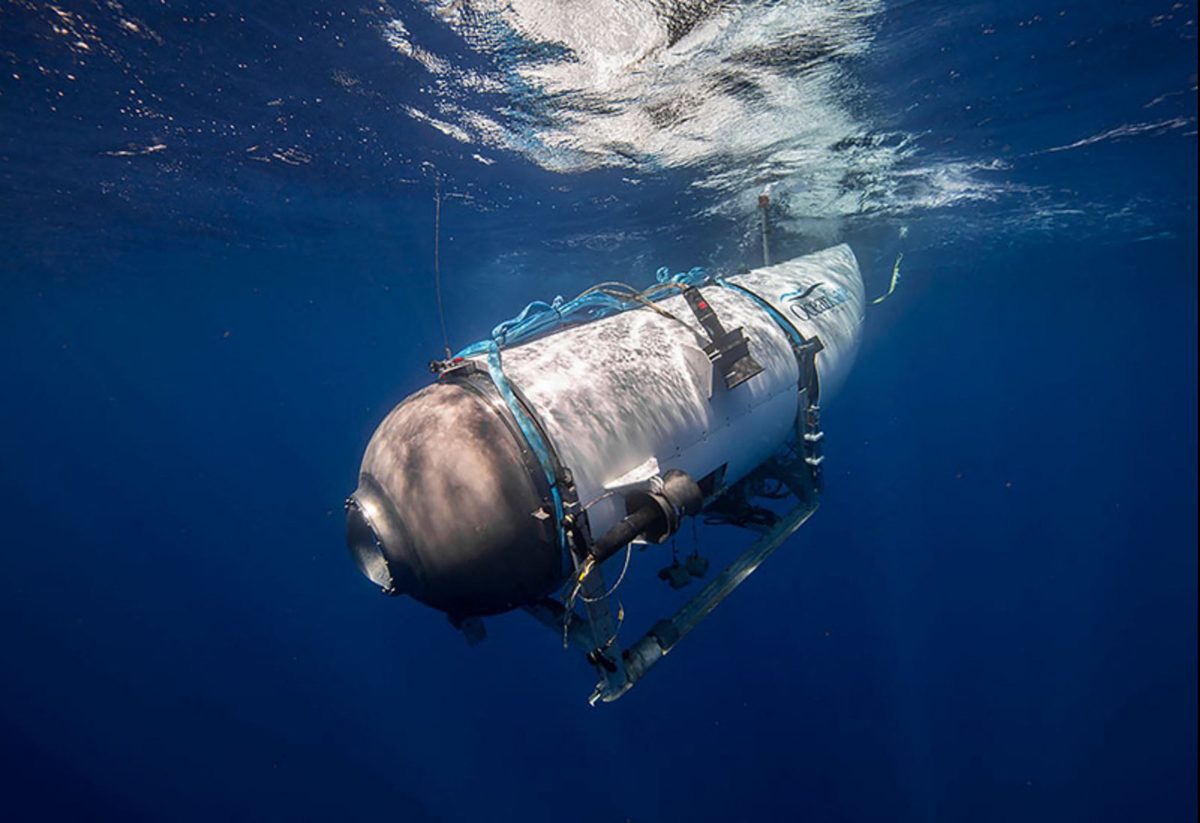Overview of the Titan Submersible Disaster
A detailed investigation into the June 2023 tragedy involving the Titan submersible, which resulted in the deaths of five individuals, has revealed serious issues with safety practices and the corporate culture at the company responsible for its operation. The incident occurred when the submersible went missing during a journey to the wreck of the Titanic in the North Atlantic. After a massive search effort, the debris of the Titan was found on the seabed, approximately 500 meters from the bow of the Titanic.
The five individuals who lost their lives included Stockton Rush, the CEO of OceanGate, which owned the submersible; Shahzada Dawood and his son Suleman Dawood; Hamish Harding, a British billionaire; and Paul-Henri Nargeolet, a French sub pilot. The submersible imploded due to a loss of structural integrity, leading to the immediate deaths of all onboard.
Safety Failures and Corporate Culture
The US Coast Guard’s Marine Board of Investigation conducted a two-year inquiry into the incident, uncovering critical flaws in the safety protocols of OceanGate. The report highlighted that the company failed to follow established engineering standards for safety, testing, and maintenance. This negligence was compounded by a toxic workplace environment where employees were discouraged from voicing concerns about safety issues.
Stockton Rush, who was also the pilot of the Titan, exhibited significant negligence that contributed to the deaths of four individuals. The investigation identified potential criminal offenses and suggested that Rush could have faced criminal liability had he survived. He ignored inspections, data analyses, and preventive maintenance procedures, which were crucial for ensuring the safety of the submersible.
Technical Issues and Design Flaws
The Titan’s real-time monitoring system was designed to alert the crew about safety issues, but the report found that three of its eight sensors were likely inoperable. Additionally, there was no audible alarm for the system, as Rush was against it. He was solely responsible for setting warning thresholds, and his employees could not explain the rationale behind them.
Rush also chose not to have his vessel undergo a voluntary safety certification by an independent maritime organization, arguing that it would stifle innovation. This decision further exposed the submersible to risks. The carbon fibre design of the Titan was found to be flawed, and OceanGate had not addressed existing problems within the vehicle.
Financial Pressures and Employee Concerns
OceanGate was under significant financial pressure in 2023, leading to staff being asked to forgo their salaries with the promise of backpay. An ex-staff member mentioned that this economic stress influenced decisions that compromised safety. The company has since suspended all exploration and commercial operations.
Profiles of the Victims
The Titan submersible carried only five individuals, each with unique backgrounds and aspirations. Shahzada Dawood, a businessman and philanthropist, was accompanied by his son Suleman, a student. Hamish Harding, known for his adventurous spirit, had previously explored the Mariana Trench and flown into space. Stockton Rush, the CEO of OceanGate, was driven by a childhood dream of becoming an astronaut. Paul-Henri Nargeolet, an experienced diver and authority on the Titanic wreck, emphasized the dangers of deep-sea exploration.
Each of these individuals had a profound impact on their respective fields and communities, and their tragic loss serves as a stark reminder of the importance of safety in high-risk endeavors.

